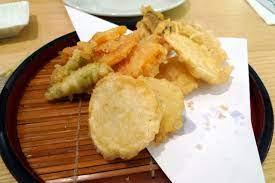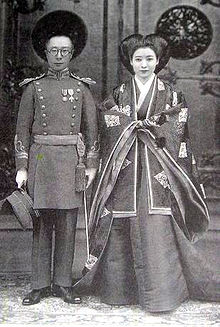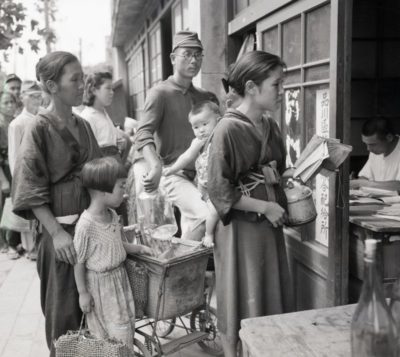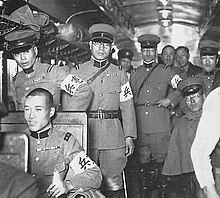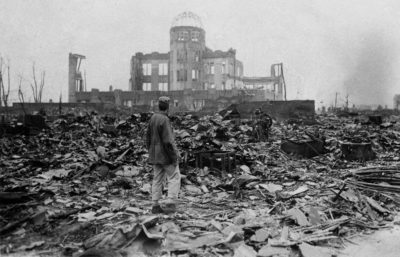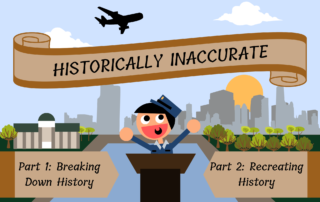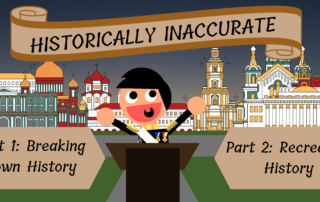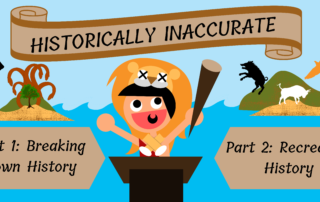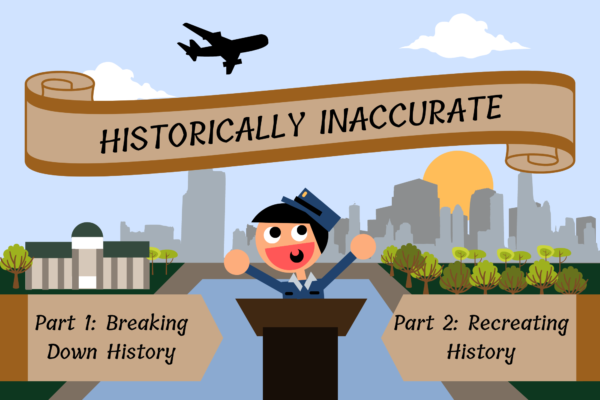
The end of World War II was marked by celebrations and festivities all over the world. Look online at Post-World War II images, and you’ll see people on the streets cheering, waving flags, and, in the case of Times Square in New York, a soldier kissing a complete stranger out of sheer happiness. But what about in countries that lost the war? In Japan, the dropping of the atomic bomb on Hiroshima and Nagasaki and the subsequent surrender of Japan to the Allied powers ended the war…but not the nightmare. In peaceful regions of the country, the people faced varying degrees of hardship. From bombing raids to food shortages, things weren’t easy. With the bombing of two major Japanese cities, the suffering encountered by people near those regions increased.
The 2016 animated film “In This Corner of the World” shows us the perspective of what life was like near the city of Hiroshima before, during, and after fire and radiation swept through the city. But how much of this movie is fact?
Let’s break it down!
Part I: Breaking Down History
Sources:
- “Miai”: Meetings to Arrange Marriages | Nippon.com
- “Plants Go to War: A Botanical History of World War II” by Judith Sumner (Turn to Page 107-108)
- RESEARCHING JAPANESE WAR CRIMES
- “War and Public Health”, edited by Barry S. Levy, Victor W. Sidel
- Hiroshima and Nagasaki: The Long Term Health Effects
- Bombing of Hiroshima and Nagasaki – Causes, Impact & Lives Lost – HISTORY
- Acute Radiation Syndrome: A Fact Sheet for Clinicians.
Part II: Recreating History – Japanese Tempura (6 Servings)
Now that we have broken down the historical accuracy of “In This Corner of the World,” why don’t we recreate some history! Tempura is a staple of Japanese cuisine that dates as far back as the 16th-century AD. Introduced in the port city of Nagasaki (another city that was destroyed in World War II by an atomic bomb), this popular dish was made with flour, sugar, sake, and then deep-fried in lard. With the more modern use of vegetable oil and availability of other ingredients, recipes in the 1900’s traditionally used flour, water, and eggs for the batter. Vegetables were commonplace and used frequently for tempura, though some locations used seafood in their recipes.
Here’s a basic tempura recipe to get you started:
Ingredients:
Directions:
- Beat one large egg in a small bowl.
- Add water to the egg and mix.
- Slowly add flour to the egg mixture, but do not overmix (it should be a little lumpy).
- Heat up your vegetable oil in a pot on medium-high heat or until the oil temperature is about 350 degrees Fahrenheit.
- Using a bit of extra flour, lightly coat all your vegetables.
- Dip the vegetables in the batter lightly.
- Immediately fry in the oil for 1-2 minutes, or until crispy.
- Serve hot with soy sauce, and enjoy!
Original Recipe: Easy Authentic Japanese Tempura Batter Recipe
